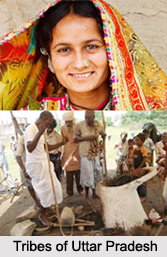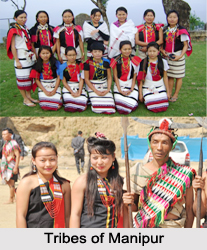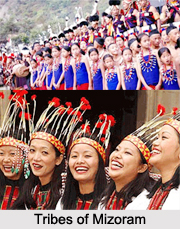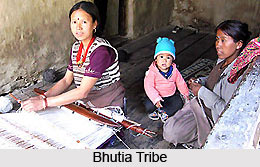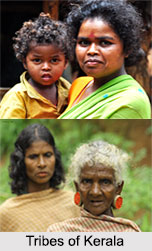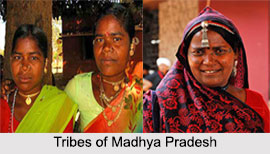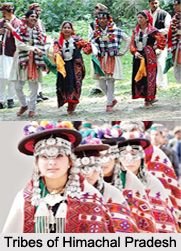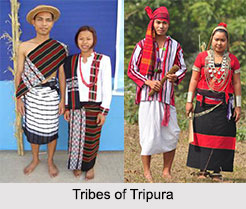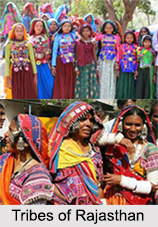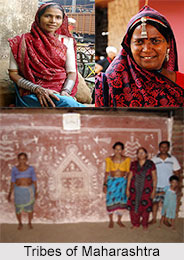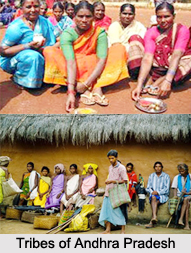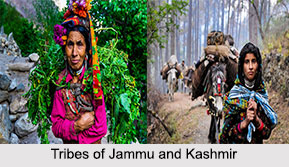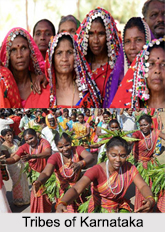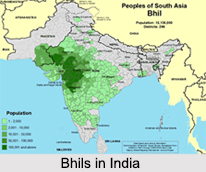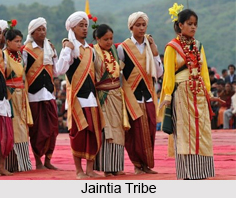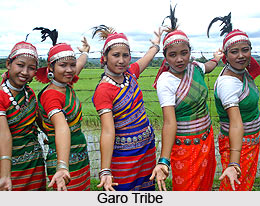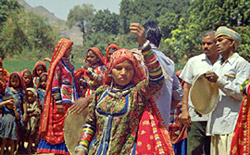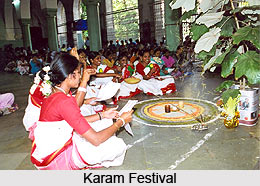 Karam is an important harvesting festival of the Munda Tribe celebrated on the 11th day of the moon in the month of Bhado i.e. August-September. The word karam has originated from the Sanskrit word `Karam` meaning duty. The festival is celebrated after the ploughing and levelling of the fields. However, there are different types of Karam celebrated on different occasions. Orakaram, a type of Karam is performed by a single family accompanied by friends and relatives. As per the rituals the Orakaram is performed exclusively in the courtyard of the concerned family. Hatu Karam, another form of Karam is performed on the village level and participated by all the villagers together. Different names are assigned both for Orakaram and Hatu Karam depending on the place and time. The Raj Karam is performed on the 11th day of the moon in the month of Bhado. The Indi Karam is performed after the Raj Karam or sometimes on the 12th day of the moon in the same month. The Jitia Karam, another form of Karam, is an imitation of the Jitia observed by the Hindus. The Dasai Karam should however, be performed by the Hindus on or before the Dasai feast. The Karam that is performed in the village lanes or on the street are known as Hatia Karam. One of the special features of the Hatia Karam is that after the feast is over the Karam branches are thrown on the white ants` hill instead of in the pond. Other forms of the Karam feast, though celebrated rarely, are the Dain Karam and the Pachcho Karam performed by the Mundas who came under the influence of the Oraons. Dain Karam is performed on the 15th day of Kartik i.e. during the months of October-November and Pachcho Karam in the month of Jeth i.e. during May-June.
Karam is an important harvesting festival of the Munda Tribe celebrated on the 11th day of the moon in the month of Bhado i.e. August-September. The word karam has originated from the Sanskrit word `Karam` meaning duty. The festival is celebrated after the ploughing and levelling of the fields. However, there are different types of Karam celebrated on different occasions. Orakaram, a type of Karam is performed by a single family accompanied by friends and relatives. As per the rituals the Orakaram is performed exclusively in the courtyard of the concerned family. Hatu Karam, another form of Karam is performed on the village level and participated by all the villagers together. Different names are assigned both for Orakaram and Hatu Karam depending on the place and time. The Raj Karam is performed on the 11th day of the moon in the month of Bhado. The Indi Karam is performed after the Raj Karam or sometimes on the 12th day of the moon in the same month. The Jitia Karam, another form of Karam, is an imitation of the Jitia observed by the Hindus. The Dasai Karam should however, be performed by the Hindus on or before the Dasai feast. The Karam that is performed in the village lanes or on the street are known as Hatia Karam. One of the special features of the Hatia Karam is that after the feast is over the Karam branches are thrown on the white ants` hill instead of in the pond. Other forms of the Karam feast, though celebrated rarely, are the Dain Karam and the Pachcho Karam performed by the Mundas who came under the influence of the Oraons. Dain Karam is performed on the 15th day of Kartik i.e. during the months of October-November and Pachcho Karam in the month of Jeth i.e. during May-June.
On the festive day, three or four maidens who had observed fast the whole day go to bring the Karam plant accompanied by the village youths during the afternoon hours. It is customary to bring the plant from the same place every year. The celebration of the festival is initiated by the dancing and singing along with beating of drums all the way long. The Pahan directs the maidens to cut the required branches. Every girl cuts a branch herself with the aid of an axe making sure that they do not fall on the ground. The cut branches are carried on the shoulders by the maidens to the village.
Another division of the village youth depart to bring flowers in another direction. Upon completion of the task both the parties meet at the outskirts of the village and move towards the village akhara. The people present there immediately dig a hole in the akhara where the karam is planted. The maidens one after the other come forward and embraces the plant. On the west side of the Karam branches rice, vermillion oil, clay lamp, fire and a pot of water are kept. The Pahan or any elder member of the village approaches the scene and places three heaps of rice, putting vermillion mark on the Karam. The sacrificial fowl is then beheaded and the blood is dropped on the heaps of rice. The clay lamp is then lit and after it is rotated three or four times before the Karam it is placed at the root. Molasses are sprinkled in the fire placed at three places and then the Pahan embraces the Karam. The fasting maidens now depart for their homes leaving behind their relatives to guard the Karam. After a short while the maidens return to the akhara with a clay lamp, some rice and few leafy twings. Assembling around the Karam the maidens form a circle while others circumscribe them. Burning of molasses goes on accompanied by singing and drumming. The story teller invited for the festival now narrates a story but before that the complete scene is recited in the following song:
Karam chandu mulu lena, karam ora sal bal,
Karam bonga ko dhyan dhorom tan;
Hai jilu kako jom tan.
Karam daru ko agu leda, racha reko bid keda,
Chuman siduri dhuna dhup keda;
Karam Bonga punjiee oma ko tan.
Katab Kuri ko hiju lena charad churud purileka,
Karam daru ko dub bichur keda;
Letoh tanako bonga churin leka.
Kahani guru Kaji tana, sabepego karam koto,
Karam bonga punjiee oma peya;
Boorhan sinh dore-e manalingtan.
Following this the story teller narrates his story after which the fasting maidens depart for their respective homes and take their meal. In case of Ora Karam the head of the family entertains the dancing maidens with taben i.e. rice beaten flat and handia. Following the feasting the maidens return to the Karam and re-join the dancing and merry making. The harmonious rhythm of lahsua song i.e. the song sung on the occasion of Karam coupled with the beating of the drums enthrals the heart of the villagers. The beaters of the drums dance around the Karam while the maidens dance around them in a circular line catching hold the waist of each other. The dancing and drumming continues the whole night and concludes only during sunrise. In some villages it goes on till the evening of the following day.
The next day the villagers assemble around the Karam to dispose it. The maidens who brought the branches assemble again and pull out their own Karam and carry them out in a procession. The village youths also follow them accompanied by drumming dancing and singing. The procession moves around the village going from door to another. All the housewives of the village put vermillion marks on the Karam, burn molases in the fire and throw arwa rice at the Karam. They are provided with bread or taben and the mistress of the house makes three impressions of her hand dipping it in flour paste and vermillion. The villagers with their heavy heart bid farewell to the Karam. The procession then reaches a nearby pond or a stream where the people assembled salute and embrace the Karam and then throw the Karam away in the stream and return home with heavy hearts with the hope to celebrate the Karam next year with the same zeal and gusto.

